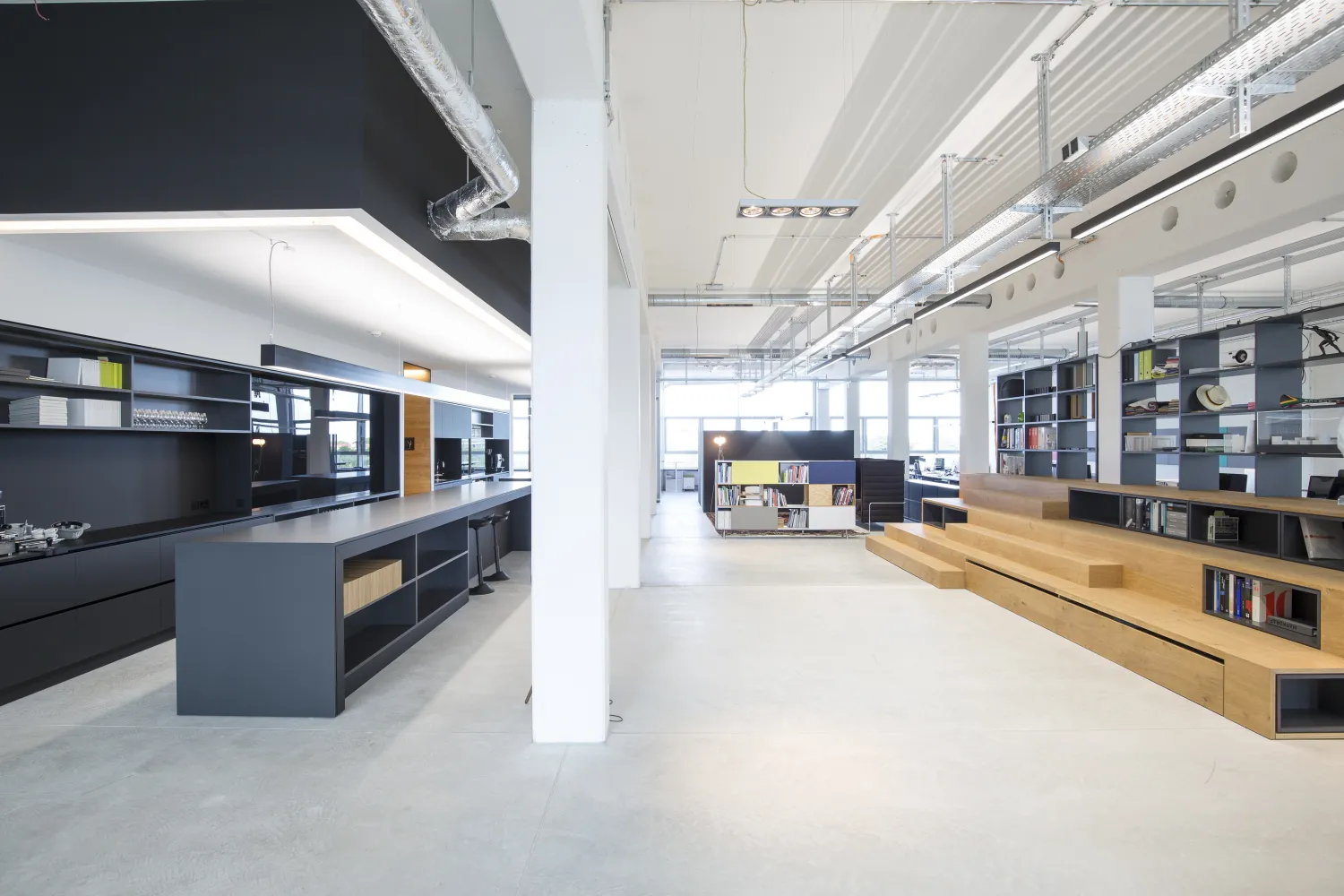Working from home vs. the next-generation workplace: What happens after we go back to the office?
Munich, 26 August 2021. With autumn upon us and COVID cases expected to soar once more, even the best laid plans may need rethinking. Will new lockdowns make our recent return to the office even more challenging? Will innovative office and workplace models face yet another setback? Timo Brehme, Managing Partner of the architecture and consulting firm CSMM, is advising companies to start now – if they haven’t already – and redesign their offices for a world in which the pandemic is the new reality: “Recent experience and multiple studies have shown that interaction and camaraderie at the office is vital for our well-being and for our sense of belonging within the company and with each other. It isn’t enough for companies to simply enforce recommended hygiene guidelines. Instead, we need to be looking at additional measures such as flexible layouts or hot desking to prepare our offices for the coming waves.”
If the pandemic has taught us anything, it is that making hard and fast plans is virtually pointless and that it pays to be flexible when infection rates are on the rise. Strong vaccination uptake may improve the situation somewhat, but we still don’t know whether to expect another round of pandemic-related policies that upend our everyday work life. Despite better digital tools and established work from home routines, we have learned over the past year that employees need space within the workplace to create community and drive innovation.
In its own Munich office, CSMM has succeeded keeping team spirit high over the past few months thanks to a generous open-plan concept. Designed as a place of possibility, the architecture gives the firm the flexibility to reconfigure its workplace any time circumstances change. Living proof, for Timo Brehme, that German businesses have to adopt a proactive approach to future challenges: “A lot of companies are talking about reducing their office space by as much as 50%. But downsizing is not a viable solution on its own. It has to be part of a broader strategy that also provides sufficient space for employees to come together and exchange ideas. We need this just as urgently as we need an institutionalised approach to social distancing and a state-of-the-art ventilation system. Together with distancing protocols, this is an important first step into a post-pandemic future that prioritises flexibility and employee well-being over a smaller office footprint.”
Embrace flexibility
As an expert in workplace design, Brehme believes we need a comprehensive package of post-lockdown measures that goes beyond regular tests or self-testing. Businesses could, for example, provide a fleet of cars, bicycles or e-scooters so that employees could avoid taking public transport. “As we contemplate the next-generation workplace, our office space clearly needs to be more flexible – for creating community as well as social distancing – but so do our minds. We have to be open to any solution that will give us the flexibility we need to tackle the problems that lie ahead,” says Brehme. There should literally be nothing we won’t try as we optimise our offices for the future. In uncertain times, flexibility means living with the reality that there is only so much we can plan and control.
Security with the Hub & Home approach
The architecture experts at CSMM have given us a possible template for the way forward with the innovative design of their own offices in Munich’s Werksviertel. The Hub & Home approach, which received an Iconic Award from the German Design Council, can be seen as a blueprint for the flexible workplace of the future. Hot-desking, large open spaces for communication and collaboration, and the smart reorganisation of common areas have already become part of the solution. It is vital that maintaining social distance doesn’t get in the way of pursuing innovation and achieving our core objectives. Brehme: “The pandemic has changed our society and our work practices for good. It is high time that we just accept it. Instead of being content with half measures and interim solutions, we need to make this new reality a driving force in the way we design our future work environments. This will not only give employees a sense of security, but also allow businesses to make plans and stick to them.”
Media contact
SCRIVO Public Relations
Elvirastrasse 4, Rgb.
80636 Munich
Contact: Kai Oppel / Katja Kraus
Tel: +49 (0)89 45 23 508-13
Fax: +49 (0)89 45 23 508-20
E-Mail: katja.kraus@scrivo-pr.de
Web: www.scrivo-pr.de
CSMM contact
CSMM – architecture matters
Werk 3, Atelierstrasse 14
81671 Munich
Contact: Nina Eisenbrand
Tel.: +49 (0)89 960 15 99-45
Fax: +49 (0)89 960 15 99-99
marketing@cs-mm.com
www.cs-mm.com
